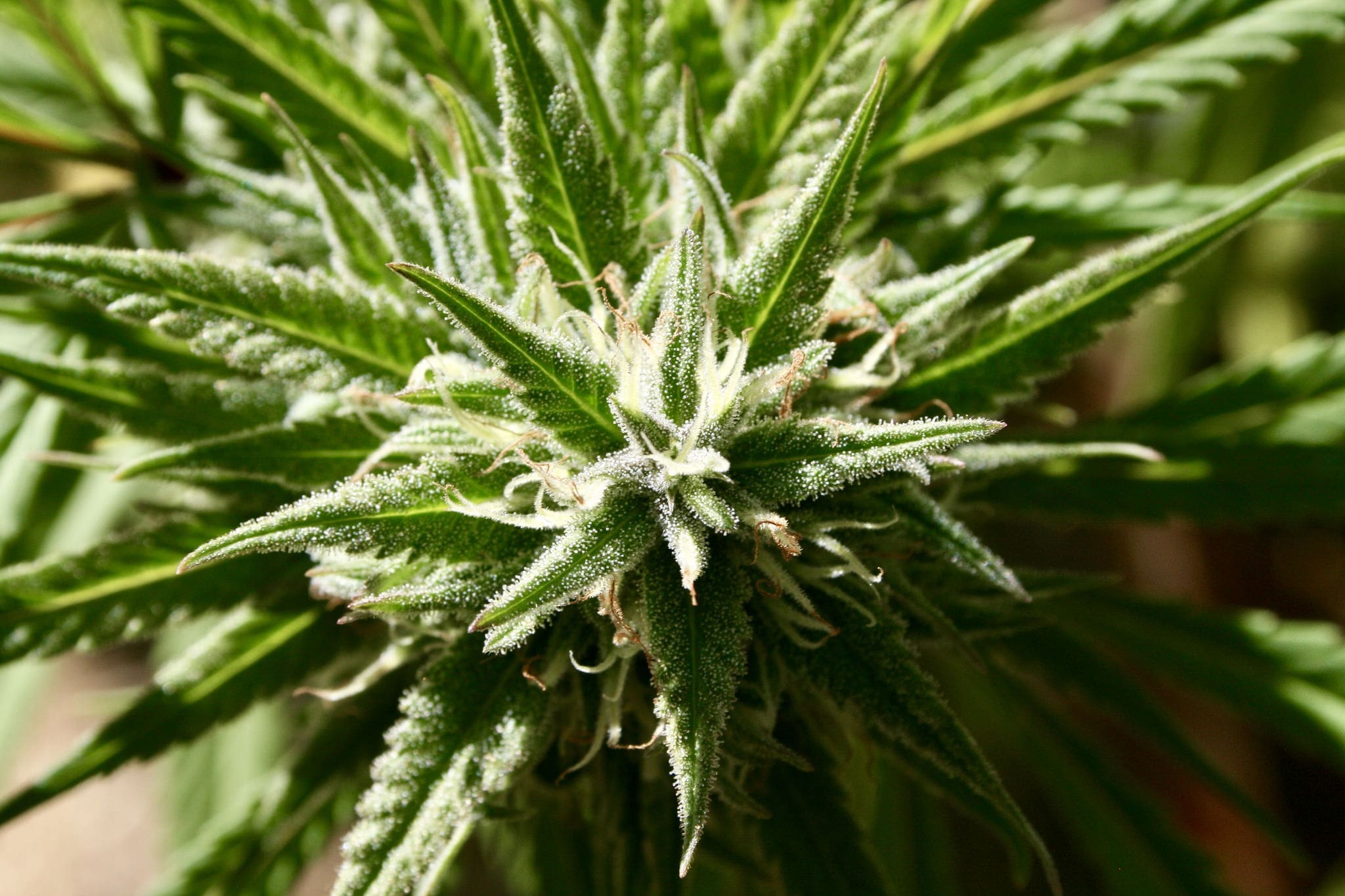Science & Health
DEA Data Shows Marijuana Legalization Linked To ‘Reductions In Opioid Demand,’ New Study Finds

State-level marijuana legalization is associated with significant reductions in prescribing of the opioid codeine, according to a new study that leverages data from the federal Drug Enforcement Administration (DEA).
The paper, published last week in the journal Health Economics, looked at data on prescription opioid shipments in 11 states that legalized cannabis for adult use between 2010-2019, comparing them to prohibitionist states. It found that recreational legalization is linked to a “26 percent reduction in retail pharmacy-based codeine distribution.”
The researchers from Cornell University, George Mason University, the University of Georgia and the University of Pittsburgh said that the same trend wasn’t observed for other opioids like hydrocodone and morphine, or shipments to hospitals where there tend to be more stringent prescribing policies.
However, the “finding is suggestive that [recreational legalization] may help achieve reductions in opioid misuse, as codeine is a lower-potency opioid with high potential for misuse,” the study found.
“Collectively, our findings are consistent with the hypothesis that reductions in opioid demand affected by [recreational cannabis laws], unlike [medical cannabis laws], may be evidence of decreased opioid misuse more than decreased use of prescription opioids to manage chronic pain,” the study authors wrote.
One way that this research article is unique is that its “primary data source” was DEA’s Automation of Reports and Consolidation Orders System (ARCOS).
“We are the first study, to our knowledge, to leverage ARCOS data which details distribution by endpoint—pharmacies, hospitals, specialists, and narcotic treatment programs—to study the effects of” recreational legalization, the authors wrote.
They further said that the effect of legalization on codeine prescribing became more pronounced over years, “increasing from -17.5 percent one year after RCL implementation to -37.3 percent four years after implementation.”
“That our findings suggest RCLs affect a reduction specifically in codeine distribution is of particular interest because, among legally distributed opioids, codeine is particularly likely to be misused and diverted,” they wrote.
“We cannot rule out that these reductions are due to a reduction in use of codeine as prescribed; however, the lack of other reductions in opioid dispensing suggests that this is not the case. Our findings stand in contrast to the literature on MCLs, which finds that MCLs affect reductions in the dispensing of a variety of opioids that do not have misuse rates as high as codeine.”
Relatedly, another study recently study published by the American Medical Association (AMA) found that about one in three chronic pain patients report using marijuana as a treatment option, and most of that group has used cannabis as a substitute for other pain medications, including opioids
A separate recent AMA study found that state-level medical marijuana legalization is associated with a significant decrease in opioid prescriptions and use among certain cancer patients.
A study that was released in September similarly found that giving people legal access to medical cannabis can help patients reduce their use of opioid painkillers, or cease use altogether, without compromising quality of life.
That same month, another study found that the pharmaceutical industry takes a serious economic hit after states legalize marijuana—with an average market loss of nearly $10 billion for drugmakers per each legalization event.
There’s no deficit of anecdotal reports, data-based studies and observational analyses that have signaled that some people use cannabis as an alternative to traditional pharmaceutical drugs like opioid-based painkillers and sleep medications.
Last year, a research paper that analyzed Medicaid data on prescription drugs found that legalizing marijuana for adult use is associated with “significant reductions” in the use of prescription drugs for the treatment of multiple conditions.
Meanwhile, a study funded by a top federal drug agency that was released in November found that state-level marijuana legalization is not associated with increased youth cannabis use.
Researchers published more than 4,300 studies on marijuana and its components in 2022, an analysis from NORML found.
Photo courtesy of Brian Shamblen.




